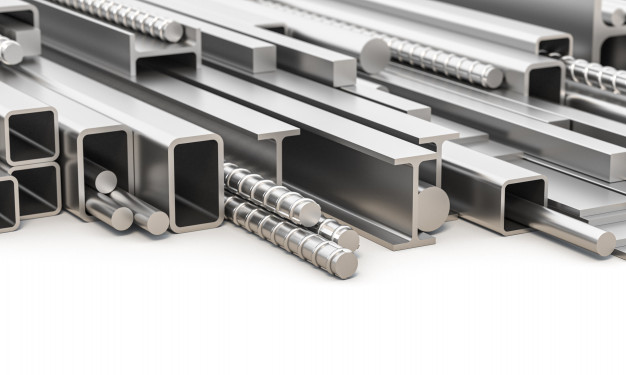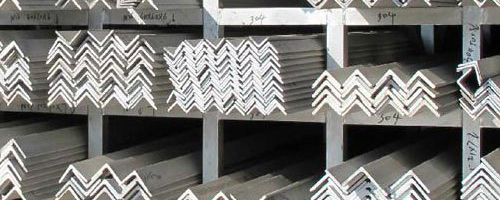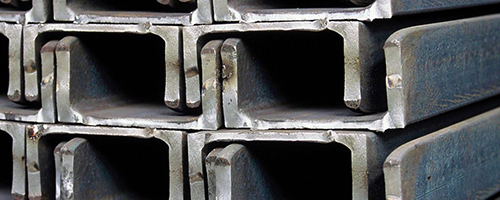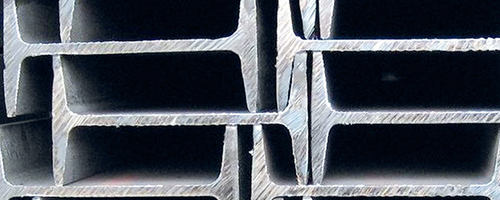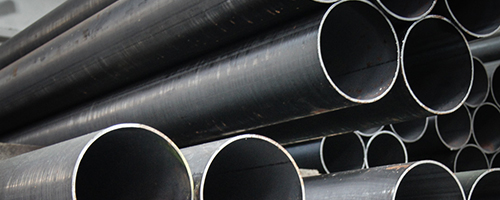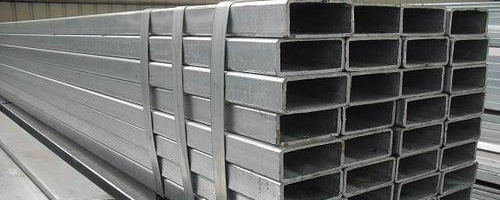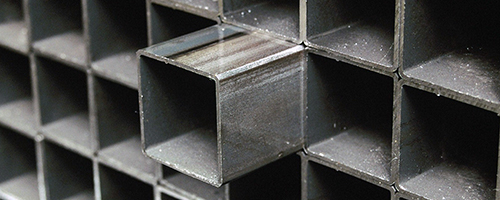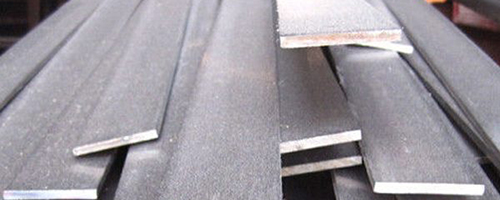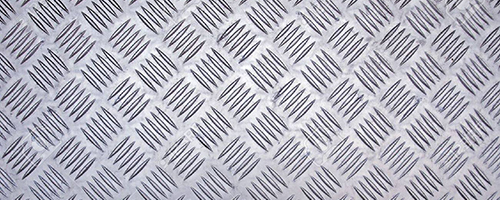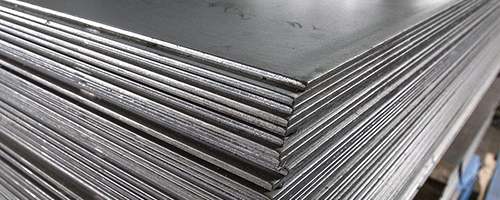A Plate Heat Exchanger is essentially a type of heat exchange unit which uses copper plates to transfer heat from one fluid to another fluid. This has a number of benefits over a conventional heating exchanger such as the fact that the fluid being heated is exposed to a bigger surface area since the fluid is spread over the plates. The other benefit is that it is less energy-intensive to operate than a traditional heat exchange unit. Also, it provides a greater range of temperature control, thus enabling the user to regulate the temperatures of the liquids being heated.
Some of the most common applications for Plate Heat Exchangers are found in the industrial and manufacturing sectors where heat is needed to be transported quickly. One of the most important aspects of these units is that they are extremely durable as a result of the materials which make up the plates. They are also extremely efficient due to their design, which makes them very practical for both transport and application.
The first benefit is that they are highly effective at transferring heat from one fluid to another. Due to their design, the heat generated by the fluid is transferred through the surface of the plates which can effectively increase the heat transfer capacity of the system. This means that more fluid heat is generated, therefore reducing the power consumption of the system. Furthermore, due to the large surface area available to the heat exchange unit, a greater area of the fluid is exposed to the heat so the temperature can be regulated to provide a uniform temperature across the fluid.
Due to the effectiveness of the plates, they are able to maintain a constant temperature by transferring the heat to the next fluid being heated. This means that once the previous fluid is heated, it is no longer required to heat the next fluidly. Also since the plate is made from copper and other metals, the material is also able to absorb heat from the air, thereby keeping the temperature constant across the fluid and the plates. This is also an efficient way to transport heat and transfer it quickly, thus improving efficiency.
Plate heat exchangers are also highly efficient at controlling temperature due to their design. This means that they can maintain the temperature in the fluid that they are heating at a level that is consistent with the ambient temperature. This means that there is no fluctuation in the temperature of the fluid and thus no risk of the fluid overheating. If the fluid in question is hot then the plate will absorb the heat but if the fluid is cool then it is dissipated quickly.
Another advantage is the fact that plate hangers provide a greater degree of control over temperature. This means that they are able to control the temperature of the fluid at a low level for a short period of time and then lower the temperature of the fluid to maintain a constant temperature. As this takes place, less power is used as the flow rate is maintained at a lower level.
It also means that a higher degree of control over fluid heat is available, which means that the unit can be used to maintain the fluid at a high level for longer periods of time. This in turn allows the user to keep the temperature in a controlled range which reduces the amount of time the fluid spends at a specific temperature.
In summary, plate heat exchange units are used in industries where there is a need for high efficiency and fluid transfer. They are highly effective at transferring heat from one fluid to another fluid to provide the fluid with a consistent temperature.
View more here: Promec Engineering Pty Ltd


























